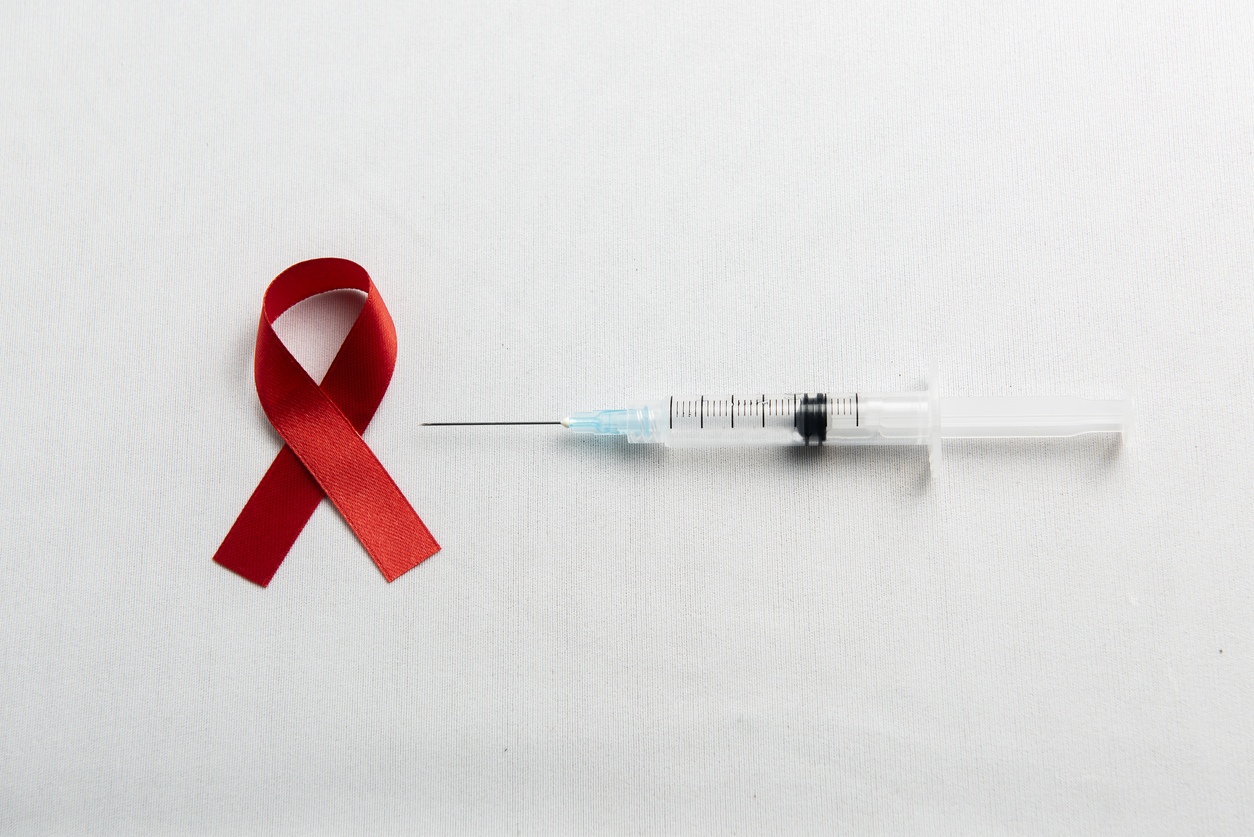2025-07-02
A vision for the future in a red berry?
Ophthalmology
#Goji #AMD #Macula #Zeaxanthin #Carotenoids
Age-related macular degeneration (AMD) is the third leading cause of blindness worldwide, particularly among older populations. Macular pigment optical density (MPOD), a non-invasive biomarker, reflects the accumulation of protective xanthophyll pigments such as lutein and zeaxanthin. These pigments play a critical role in filtering blue light and reducing retinal oxidative stress.
In the absence of early curative treatments, nutritional prevention is emerging as a key strategy. Goji berries, rich in zeaxanthin dipalmitate, are drawing growing interest. This study aimed to evaluate whether regular consumption of goji berries can improve MPOD and skin carotenoid levels in healthy adults with no signs of AMD.
The study included 27 healthy adults aged 45 to 65, divided into two intervention groups. The first group consumed 28 g of goji berries, while the second received a nutritional supplement providing 6 mg of lutein and 4 mg of zeaxanthin. Both interventions were administered five times per week for 90 days. MPOD was measured by heterochromatic flicker photometry at four retinal eccentricities (0.25, 0.5, 1, and 1.75 degrees). Skin carotenoid concentrations were measured by reflection spectroscopy.
At the end of the study, only the goji berry group showed a significant increase in MPOD at eccentricities 0.25 (p = 0.029) and 1.75 (p = 0.044). No improvement was observed in the supplement group. Furthermore, skin carotenoid levels were significantly higher in the goji group at days 45 (p = 0.025) and 90 (p = 0.006), suggesting better bioavailability and greater biological efficacy of natural compounds found in whole berries compared to isolated formulations.
In this context, the study sought to evaluate the preventive potential of regular goji berry intake on macular pigment density in healthy adults with no history of AMD. Results showed a significant improvement in MPOD after 90 days of goji berry consumption, suggesting a protective effect on the retina, even in the absence of diagnosed pathology.
These effects may be attributed to the high zeaxanthin content of goji berries, but also to other bioactive compounds—such as Lycium barbarum polysaccharides (LBP), vitamin C, zinc, and beta-carotene—whose synergistic action may enhance macular protection.
However, the study presents several methodological limitations, warranting further scientific clinical research. Larger double-blind clinical trials incorporating visual functional criteria are needed to confirm these findings, explore long-term effects, and determine whether goji berries could be positioned as a targeted nutritional tool in the active prevention of AMD.
Age-related macular degeneration (AMD) is the third leading cause of blindness worldwide, particularly among older populations. Macular pigment optical density (MPOD), a non-invasive biomarker, reflects the accumulation of protective xanthophyll pigments such as lutein and zeaxanthin. These pigments play a critical role in filtering blue light and reducing retinal oxidative stress.
In the absence of early curative treatments, nutritional prevention is emerging as a key strategy. Goji berries, rich in zeaxanthin dipalmitate, are drawing growing interest. This study aimed to evaluate whether regular consumption of goji berries can improve MPOD and skin carotenoid levels in healthy adults with no signs of AMD.
Do goji berries boost retinal health?
The study included 27 healthy adults aged 45 to 65, divided into two intervention groups. The first group consumed 28 g of goji berries, while the second received a nutritional supplement providing 6 mg of lutein and 4 mg of zeaxanthin. Both interventions were administered five times per week for 90 days. MPOD was measured by heterochromatic flicker photometry at four retinal eccentricities (0.25, 0.5, 1, and 1.75 degrees). Skin carotenoid concentrations were measured by reflection spectroscopy.
At the end of the study, only the goji berry group showed a significant increase in MPOD at eccentricities 0.25 (p = 0.029) and 1.75 (p = 0.044). No improvement was observed in the supplement group. Furthermore, skin carotenoid levels were significantly higher in the goji group at days 45 (p = 0.025) and 90 (p = 0.006), suggesting better bioavailability and greater biological efficacy of natural compounds found in whole berries compared to isolated formulations.
Read next: Purple on your plate, benefits in your cells?
Goji: A fruit worth a closer look
Age-related macular degeneration is a major cause of vision loss after age 60. Its progressive, irreversible nature and the lack of effective early treatments make it a priority challenge in eye health. Current approaches struggle to slow disease progression in asymptomatic or mildly affected individuals.In this context, the study sought to evaluate the preventive potential of regular goji berry intake on macular pigment density in healthy adults with no history of AMD. Results showed a significant improvement in MPOD after 90 days of goji berry consumption, suggesting a protective effect on the retina, even in the absence of diagnosed pathology.
These effects may be attributed to the high zeaxanthin content of goji berries, but also to other bioactive compounds—such as Lycium barbarum polysaccharides (LBP), vitamin C, zinc, and beta-carotene—whose synergistic action may enhance macular protection.
However, the study presents several methodological limitations, warranting further scientific clinical research. Larger double-blind clinical trials incorporating visual functional criteria are needed to confirm these findings, explore long-term effects, and determine whether goji berries could be positioned as a targeted nutritional tool in the active prevention of AMD.
Read next: Efficacité d’un traitement précoce anti-VEGF dans la DMLA

Last press reviews
Twice-yearly injections to change the game?

By Ana Espino | Published on December 3rd, 2025 | 3 min read
HIV & young people: what if we changed the rules?

By Ana Espino | Published on December 2nd, 2025 | 2 min read
